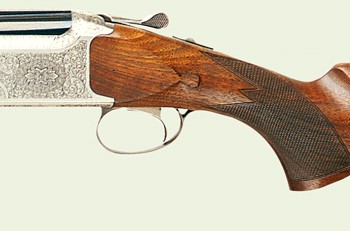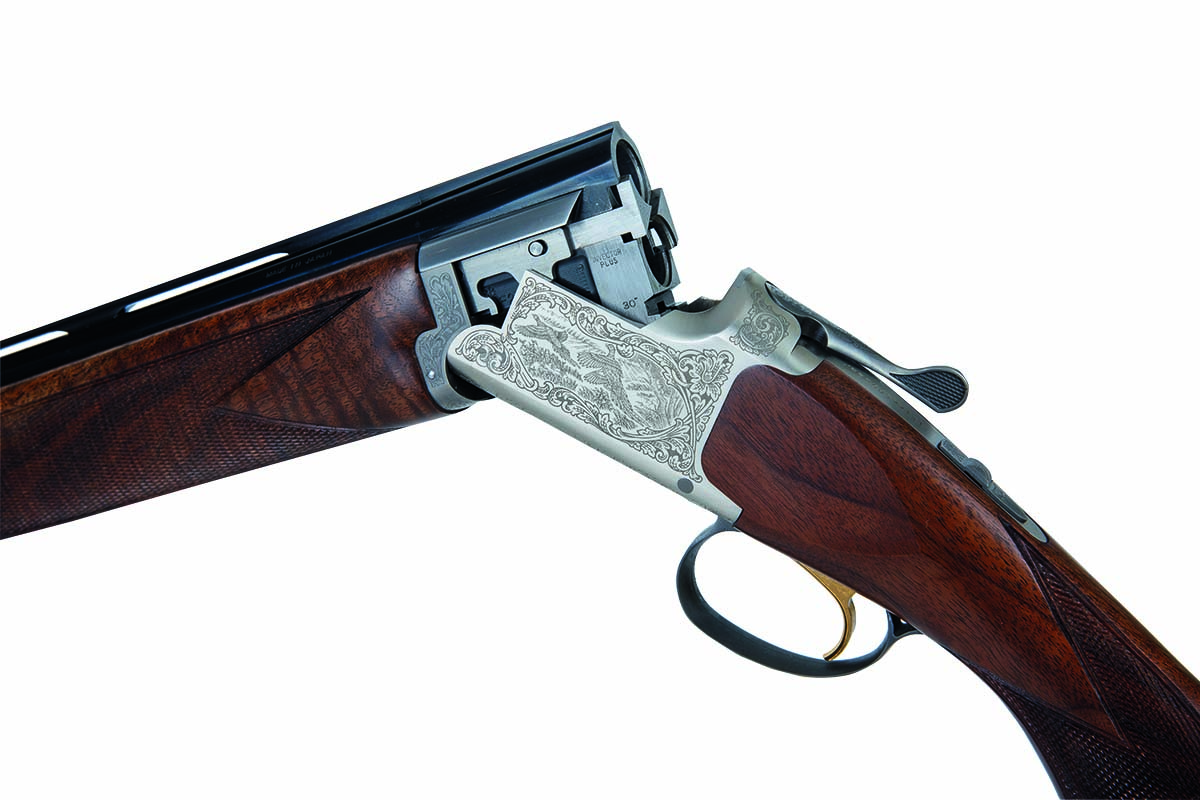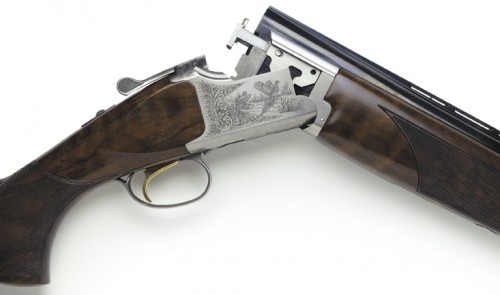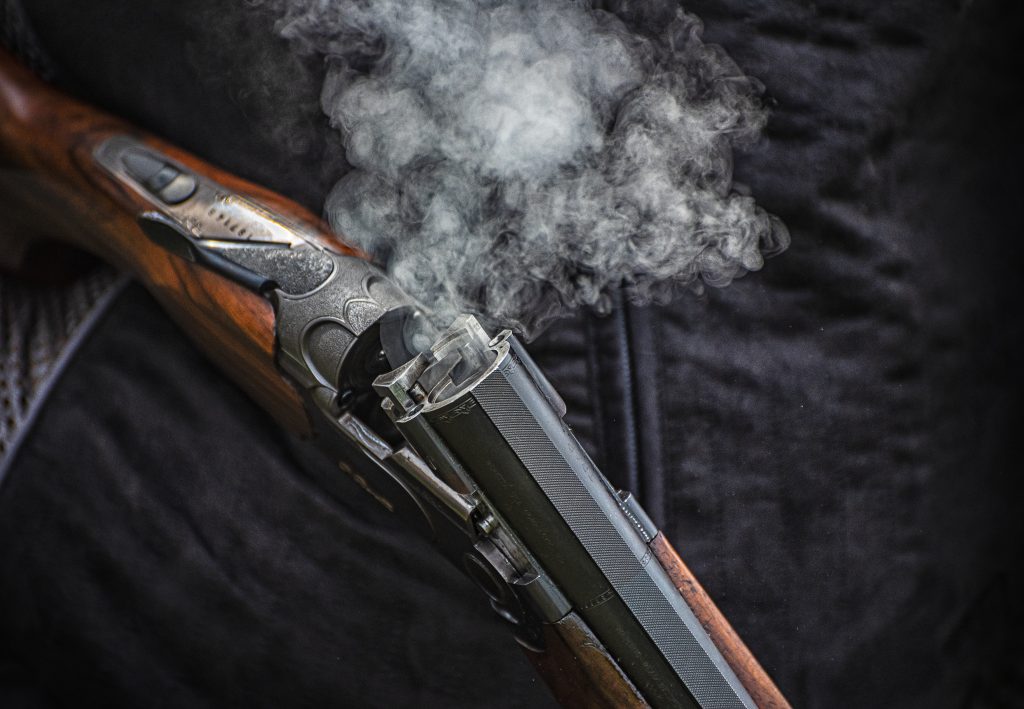Around 50 years ago, so rumour has it, Miroku of Japan were building such good guns based on Browning-type actions…
Win CENS ProFlex DX5 earplugs worth £1,149 – enter here
Wanted – a bargain claybuster to replace old Browning B325
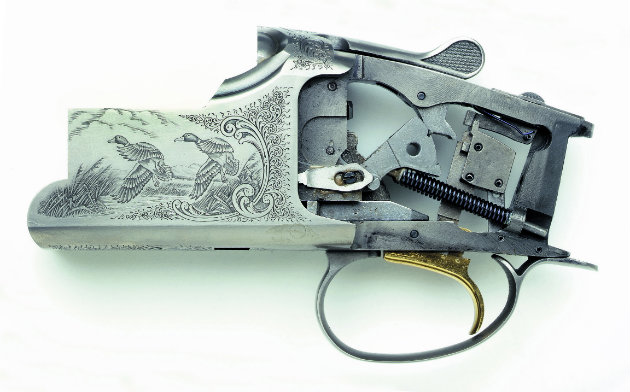
This reader’s Browning B325 could date back to 1995 when the model was introduced, and I am guessing it is around 25 years old. These guns keep their value, and a reasonable example is worth at least £500 on the secondhand market. However, this gun’s owner tells me it has definitely seen better days. The woodwork is scratched, the blacking has rubbed thin in a few patches on the barrels, and the jointing is coming loose after firing many thousands of cartridges.
An expensive make-over?
The gun could have a make-over. The barrels could be re-blacked, the jointing tightened (probably by fitting an over-sized cross pin), and a stocker could re-finish the woodwork. And, considering the gun’s age, an all-over mechanical check would be desirable. However, all this work would be expensive, and I can understand the owner’s wish to buy a new gun – or at least a new-to-him gun.
I think he is wise in considering another Browning. He is used to the make’s handling characteristics, and he clearly has faith in his ability to hit targets with one.

Browning B525 Sporter
Which Browning to replace the Browning B325?
So, which Browning should he go for? It should be one of the Brownings built by Miroku in Japan, and all of these guns have many characteristics in common with the original Browning B25 O/U launched in the 1920s. Basically, they all have a rather tall action, and hinge on a full-width cross pin rather than the stub pins which typify the majority of Italian guns.
He could go for the B425, the 325’s successor, but the only real difference between the two guns was the way in which the barrels were made. I think he should go for a Browning B525, first examples of which appeared in 2003. A reasonable Grade 1 should be within his budget, particularly if a dealer would accept his 325 as a trade-in.
OPTION 1
Mike’s top choice
Browning B525 Sporter
Although there were differences between the Browning B525 and the B425, the Browning designers were still sticking to their “don’t fix it if it ain’t broke” philosophy, which had seen the slow evolution of its O/U since the mid 1920s.
There was a slight re-design of the geometry of the hammers and sears, intended to provide crisper trigger pulls, and a slight smoothing-out of the action frame. Also on the cosmetic side, engraving patterns were improved. The first version on the UK market was a game gun, but a host of other styles soon followed.
There was also a huge range of specifications. I can recall counting 27 different versions, and if you multiply all the different barrel lengths and grades of finish, there was a range of around 50 new guns for the buyer to consider.
However, as far as our buyer is concerned, his budget dictates there can be just one sensible choice: a Grade 1 Sporter. That decision made, all we have to do is choose the barrel length.
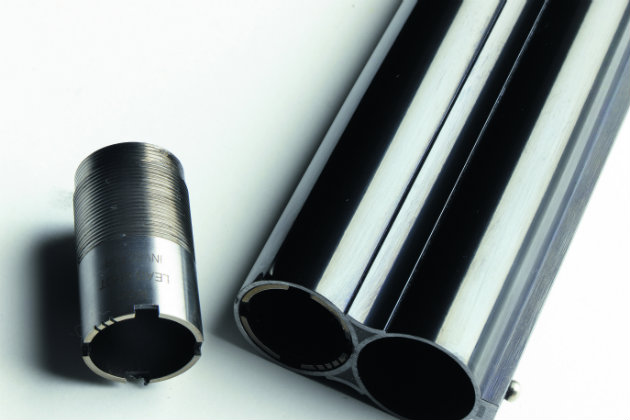
Most of the B525s on the market are multichokes
I’m going to recommend 30-inch tubes, that length being generally considered best for Sporting clays. I do note that our potential owner also does a little pigeon shooting, and 28-inch barrels are a bit handier in a hide, but I think he should go for a gun which suits his main sport best, and live with any slight problems the longer barrels may give him in the field.
Most of the guns on the market are multichokes, but there are a few fixed-choke guns about, and I have to confess that a fixed choke, choked ¼ and ½, would be my personal choice. However, that’s an individual foible of mine, and for most shooters a multi is the way to go.
As far as technical specification is concerned, barrels hinge to the action with a hook on the lump engaging with a full-width cross pin and conventional knuckles engage with the fore-end iron. Browning’s usual two-piece ejectors are fitted, and these are actuated by spring-powered kickers mounted on the fore-end iron. Barrel selector for the single trigger follows convention and is incorporated in the safety thumb-piece.
Woodwork dimensions do vary a bit, but most Sporter stocks are 14¾inches long, with drops of 1½inches and 2½inches at comb and heel respectively.
When buying, there are no particular points to watch for – just go for a clean gun which has obviously been well looked-after by its first owner.

Miroku MK70 Grade 1 Sporter
Option 2
Miroku MK70 Grade 1 Sporter
Miroku shotguns have much in common with the Brownings discussed on this page. Not only are they made in the same Japanese factory; they also work on very similar principles and generally have very good handling characteristics.
The MK70 Sporter I am recommending was first available in the mid 1990s, and it took over from the much-respected 7000 model. Like the Browning B425, it was one of the first models to come out of the factory with monobloc barrels rather than those of chopper-lump construction. I can recall there was some criticism of the switch to this method of construction at the time, but it has proved to be just as strong as chopper-lump, as well as being cheaper to manufacture.
Stock length is usually a little over 14¾inches, with drops at comb and heel of 1½inches and 2½inches respectively – pretty much the same as the Browning B525.
Good second-hand models are currently trading at around the £1,000 mark which, if our buyer goes for this option, should leave him some cartridge money.

Winchester 6500 Sporter
Option 3
Winchester 6500 Sporter
This gun went out of production over 30 years ago, and there is a bit of a problem with spares, so why am I recommending it? Simply because it has legendary handling, very much in the Browning and Miroku traditions, but better. It also has a bit of a cult following, which has forced prices up. I’ve just traced one on the second-hand market for which the asking price is £875. That’s the absolute top price I would pay.
Most guns have either 28 or 30inch barrels, although some 32inch versions were made. There are fixed chokes (usually ¼ and ½) and multichokes. The action is based generally on Browning principles, and typical stocks are 14¾inches, with drops at comb and heel of 1½inches and 2¼inches respectively.
The gun was made in Japan, and its demise was not due to anything wrong with it, but to big company financial wanglings. I’d just add one rider to my recommendation, and that is because of the lack of spares, I’d have a standby gun of another make in my cabinet.
In the market for a second-hand gun?
Send us your buyer’s brief by emailing sportinggun@timeinc.com
Second-hand Browning B525: all-round excellence
The B525 made its first appearance in 2003, representing the latest in the range of shotguns built for Browning by…
£658.00
Miroku MK70 shotgun: flexible enough for both field and clay use
Many of Miroku’s products are manufactured on behalf of Browning with whom they have enjoyed a long and close relationship.…
£600.00
Browning B525 shotgun
In 2003 Browning brought out the B525 and at the time it represented the latest phase in the development of…
£1,470.00
Secondhand Winchester selection
Fifty-two years ago, Winchester introduced a new O/U shotgun which, in the eyes of many shooters on both sides of the Atlantic, set the…
Related Articles
Get the latest news delivered direct to your door
Subscribe to Shooting Times & Country
Discover the ultimate companion for field sports enthusiasts with Shooting Times & Country Magazine, the UK’s leading weekly publication that has been at the forefront of shooting culture since 1882. Subscribers gain access to expert tips, comprehensive gear reviews, seasonal advice and a vibrant community of like-minded shooters.
Save on shop price when you subscribe with weekly issues featuring in-depth articles on gundog training, exclusive member offers and access to the digital back issue library. A Shooting Times & Country subscription is more than a magazine, don’t just read about the countryside; immerse yourself in its most authoritative and engaging publication.






